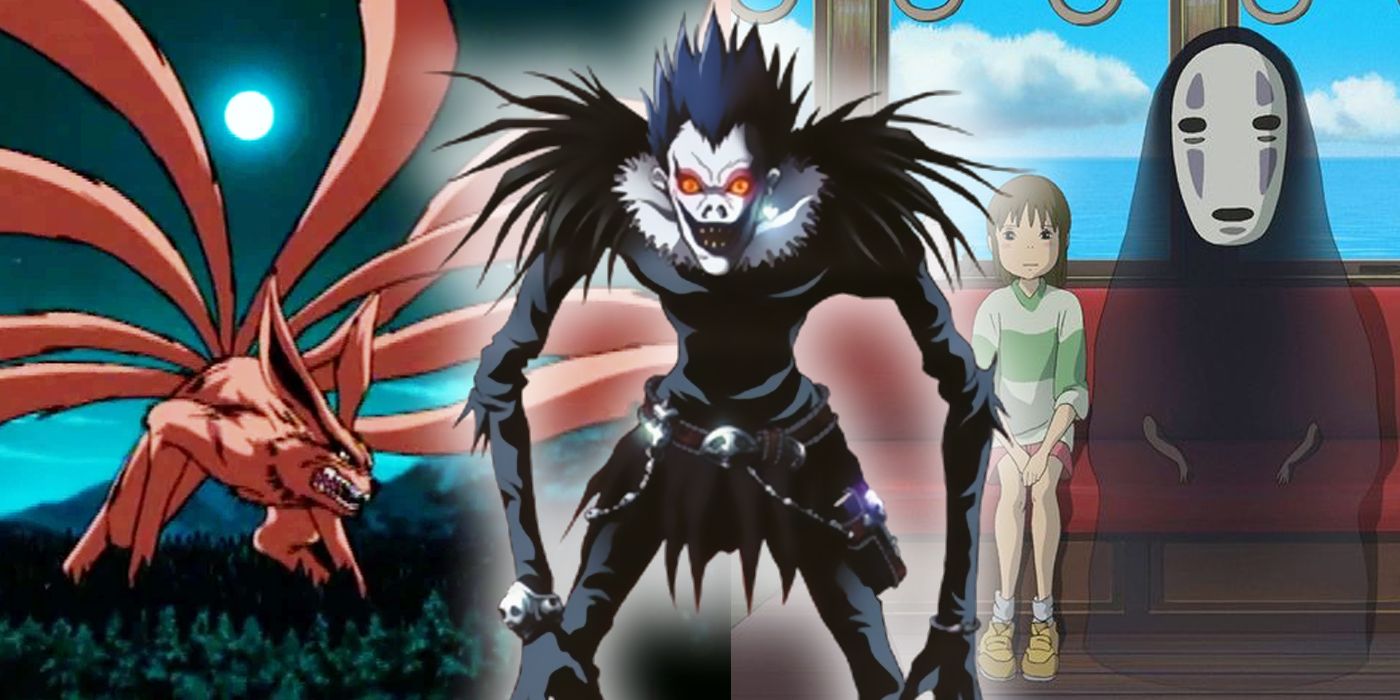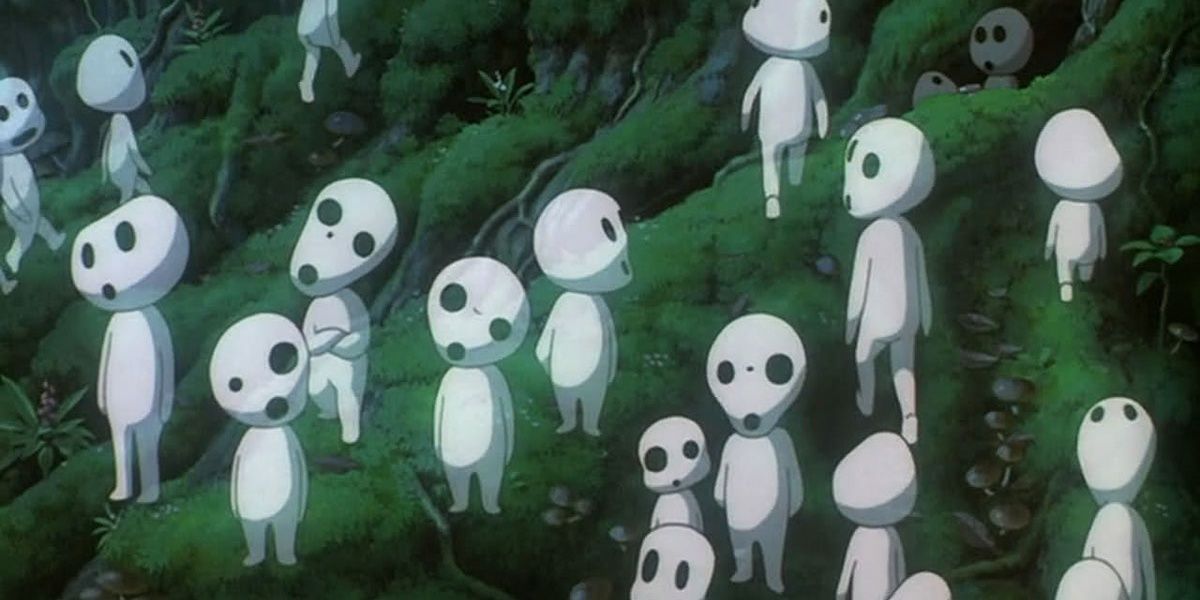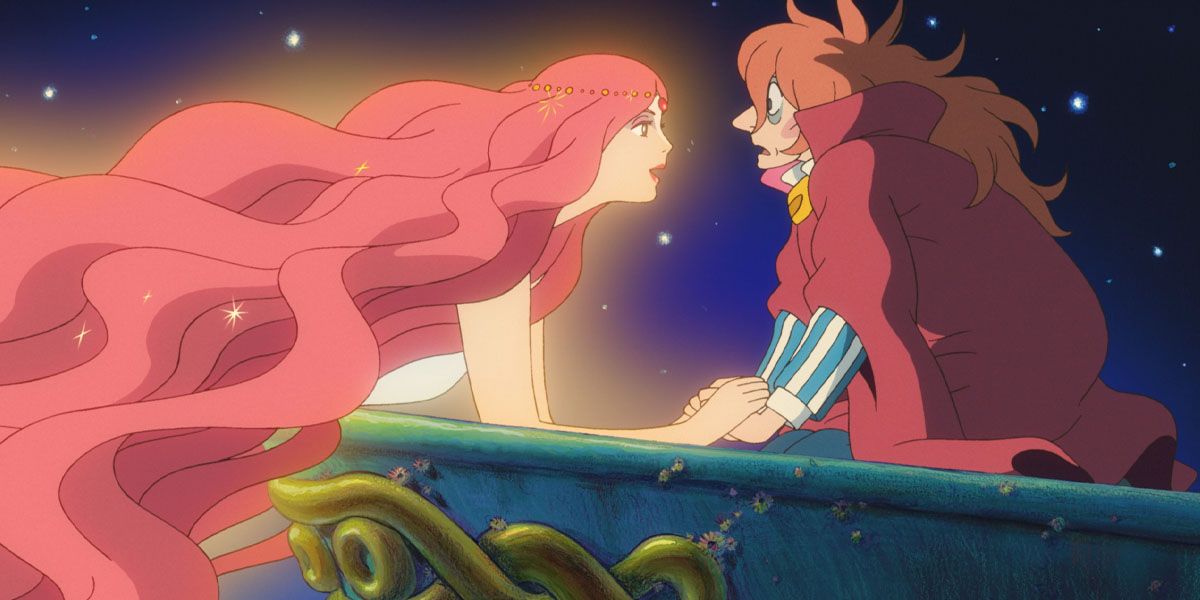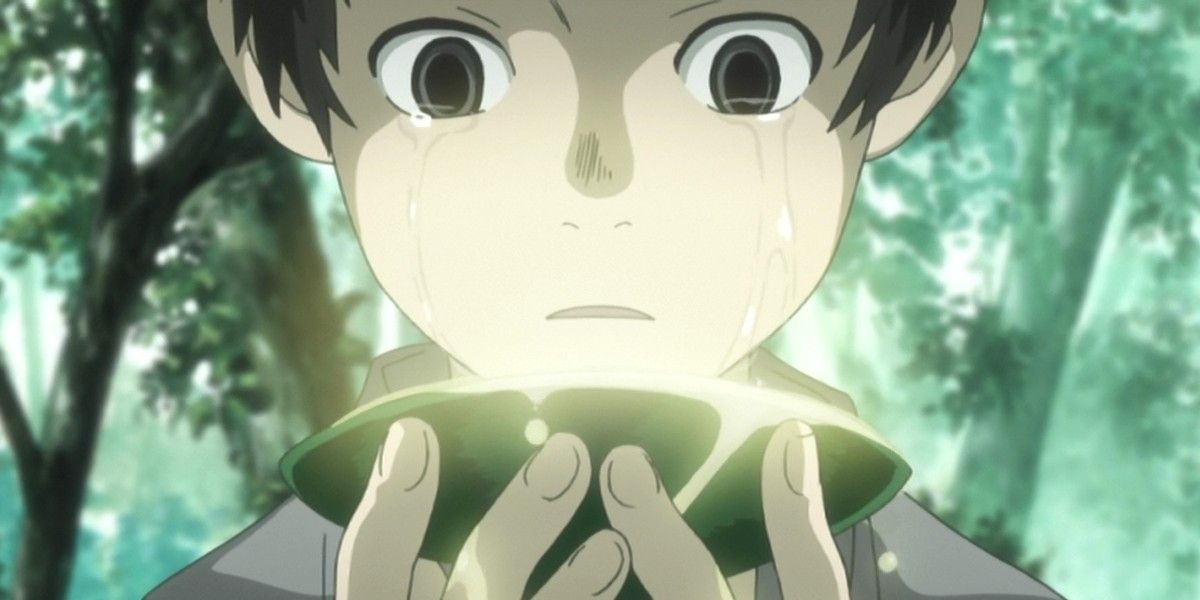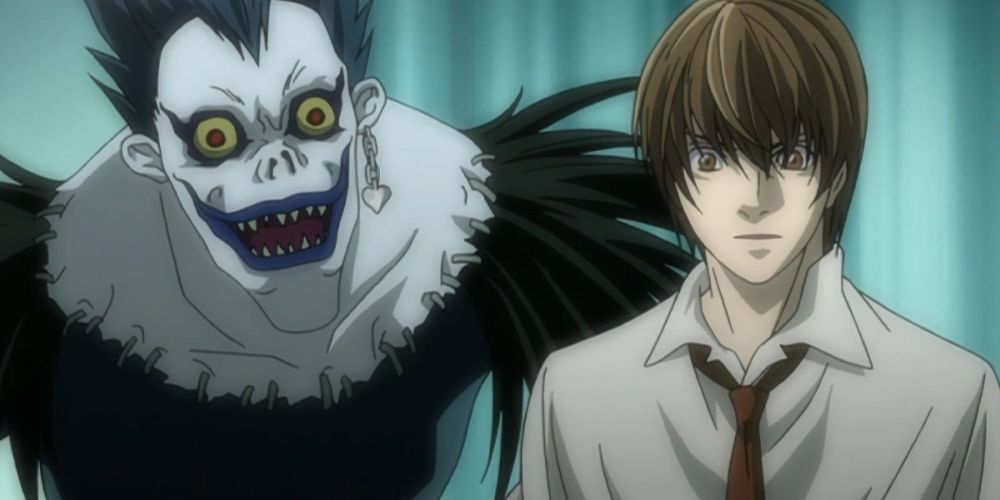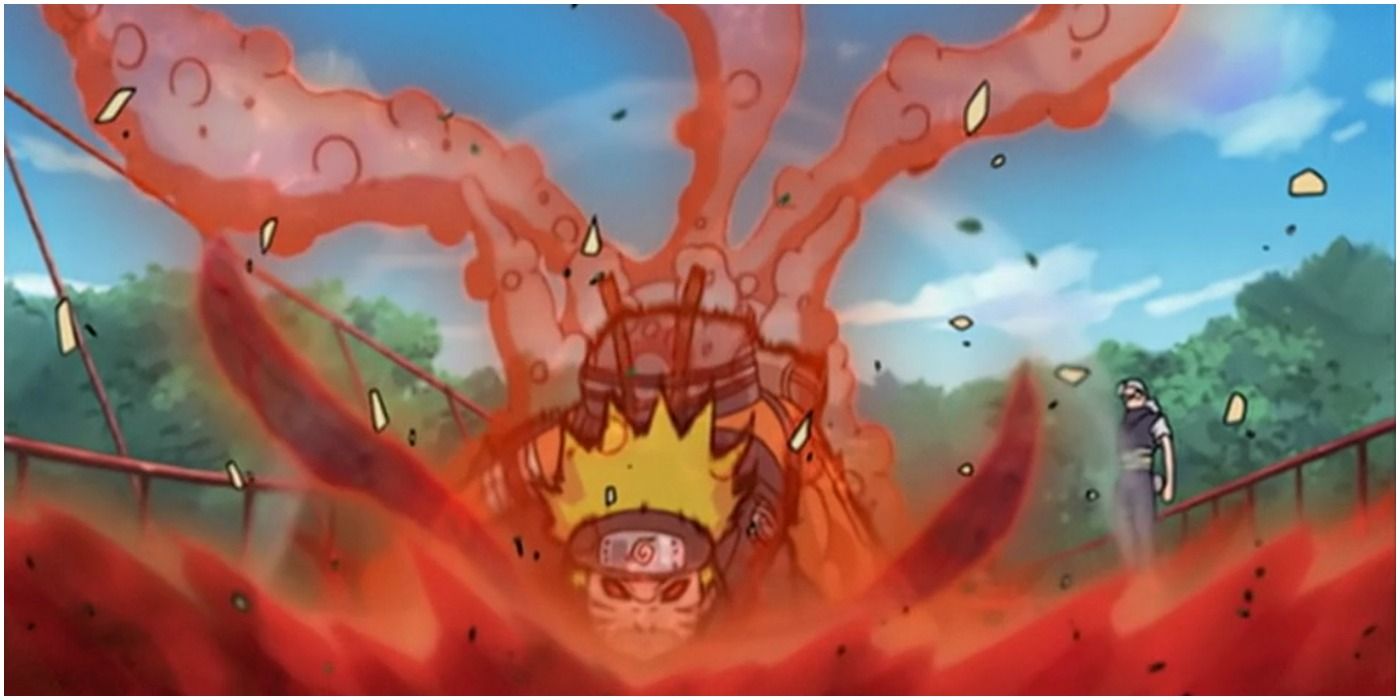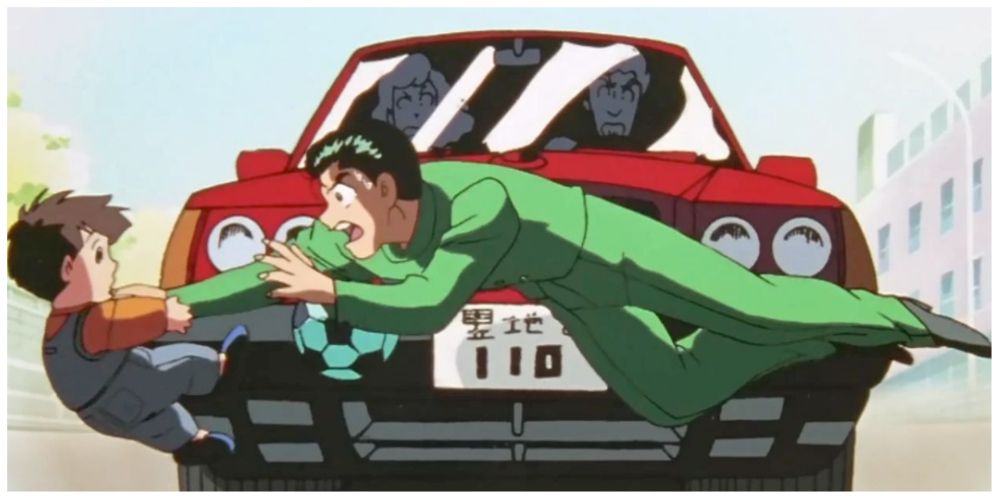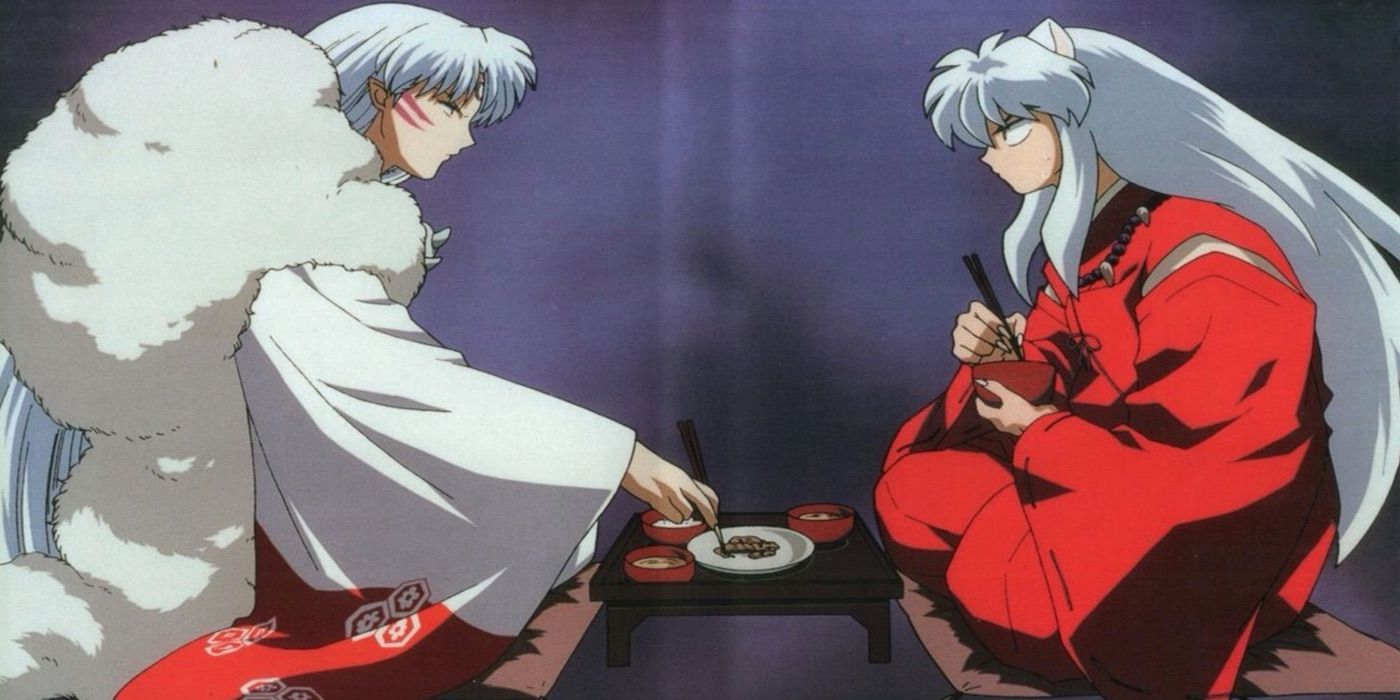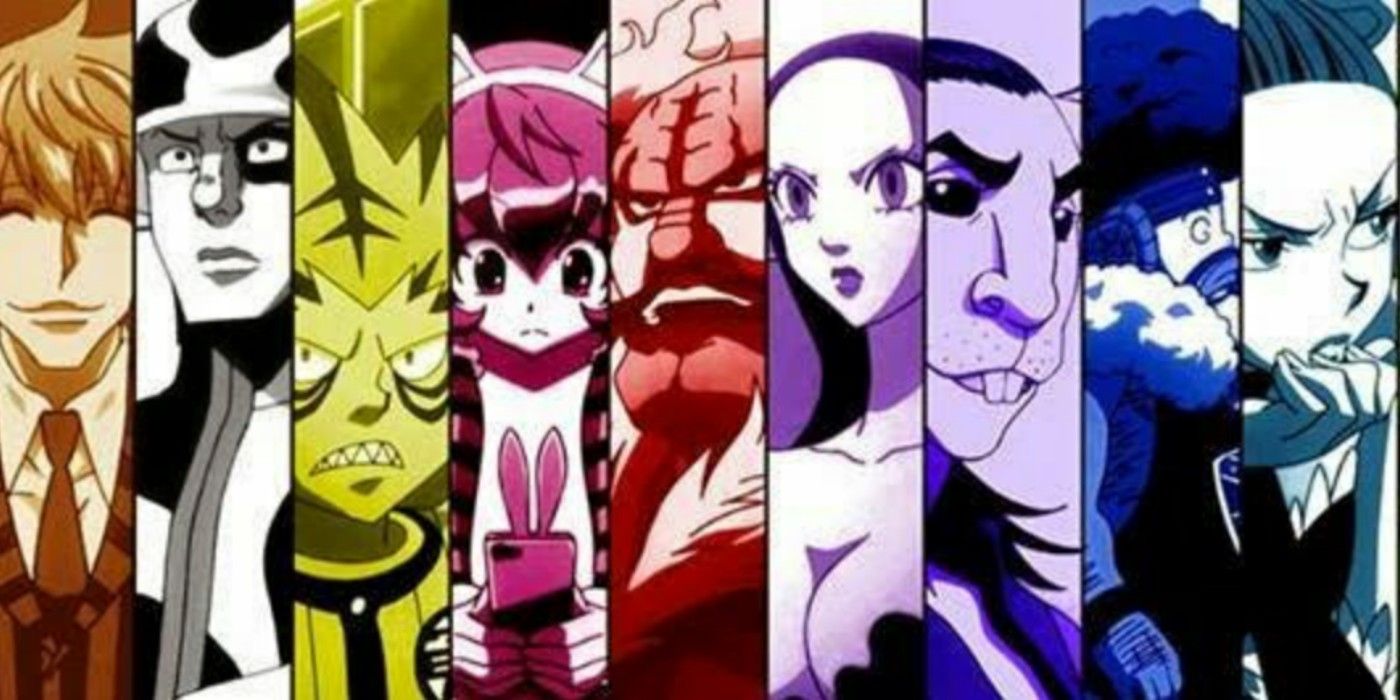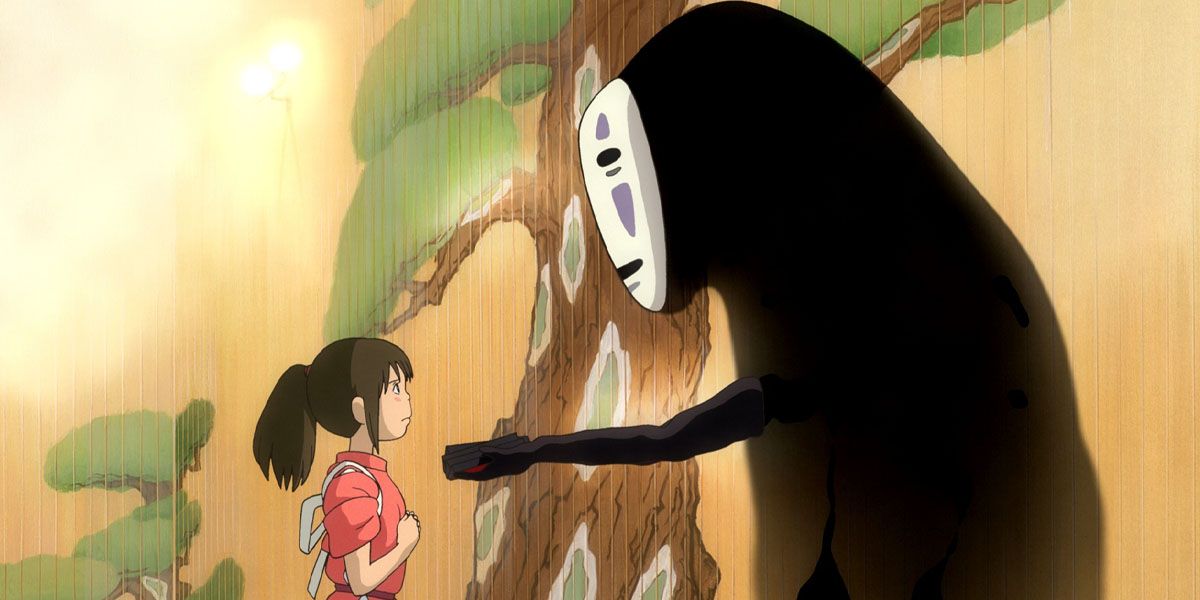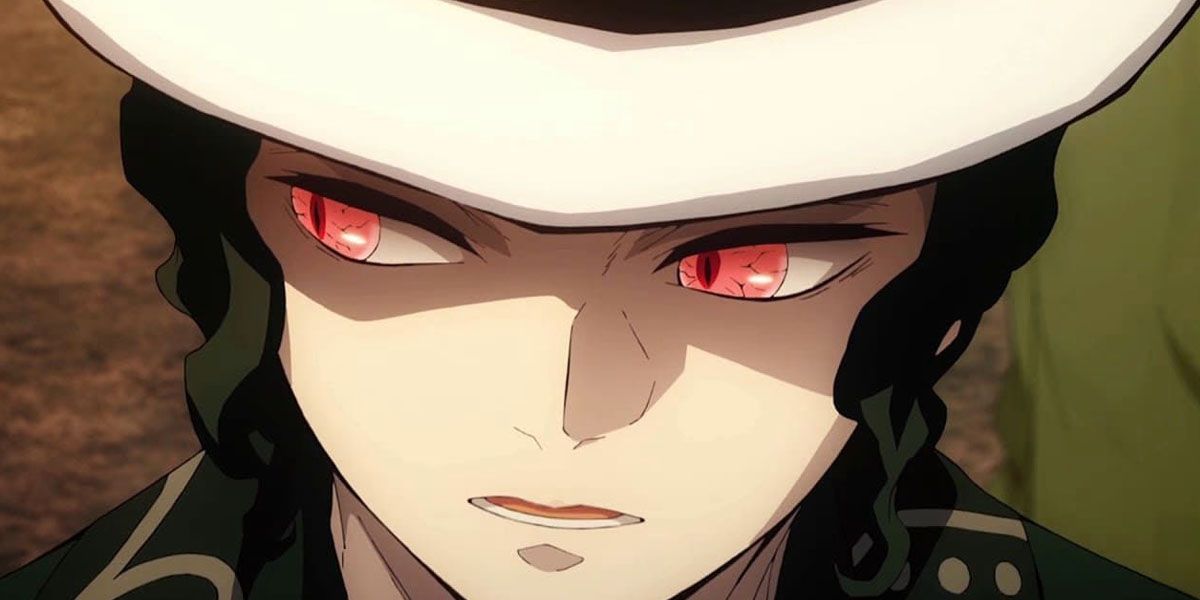There is a wide pantheon of gods in Japanese mythology, each with its own unique story and lesson to teach. This serves as an enticing wellspring of ideas for the creators of anime. Shinto, an animistic and polytheistic religion, has long been an integral part of Japanese culture and continues to have a profound impact on Japanese art.
10 Tsunderes Who Will Scare You Then Win Your Heart
This indigenous religion of Japan is still practiced by a significant majority of people to this day. No wonder it serves as the backbone for popular series like Naruto and Demon Slayer. Folklore and beliefs in the celestial supernatural have also found their way into contemporary popular culture.
10 Princess Mononoke's Forest Comes Alive Through The Kodama
Sometimes, the setting of a story is just as much a character as the protagonist. This is especially true of the magical anime Princess Mononoke. Set in a beautiful forest, this place comes to life through its spirits. The most memorable ones are the beautiful kodama.
Kodama are tree-dwelling spirits in Japanese folklore. These spirits may inhabit ordinary trees, but anyone who cuts one down will be cursed. Also, it's believed that they can move quickly across mountains, creating a magnificent, reverberating sound.
9 Ponyo Draws Inspiration From Urashima Taro
The beloved anime Ponyo draws inspiration from many tales. Most often, people connect it to Hans Christian Andersen’s folk tale The Little Mermaid. However, Studio Ghibli also drew inspiration from an older tale from the 8th century Nara Period, a folktale called Urashima Taro.
Urashima Taro, the inspiration behind Sosuke, saves a baby sea turtle while fishing. A giant turtle tells him the next day that the small turtle he saved is the Emperor of the Sea's daughter. Taro gets gills and is taken to an underwater palace to meet the Emperor and Princess Turtle. Fans can surely start to see all the wonderful parallels here.
8 Mushishi Is Based On The Author's Favorite Childhood Folktales
The anime Mushishi directly explores Japan's mythology and folktales. This series follows a man named Ginko as he studies the world's spirits. The audience is led by Ginko's investigation into the realm of mythology, where magic can be discovered in the ordinary and mundane aspects of life.
The author, Yuki Urushibara, speaks on folktales that influenced her work in the book notes. As a child, her grandmother read her the tale of "Heaven's Thread," in which missing persons were abandoned on a massive rock. Spirits, such as the Tengu, abduct humans and are thought to be the culprit for this trick. She also infused "A Banquet in the Farthest Field's" nostalgic vibe into her story.
7 Death Note's Ryuk Is A Japanese Death God
The popular anime Death Note kicks off with Light Yagami receiving the titular Death Note from Ryuk. This mysterious creature warns Light that when it is his time to die, he will write his name in his own Death Note.
Shinigami means "death god" in Japanese. In some beliefs and practices central to Japanese culture, gods or supernatural spirits actively encourage humans to approach death. Many different labels, including "monster," "helper," and "creature of darkness," have been applied to shinigami.
6 Naruto Has A Mythical Kitsune Sealed Inside Him
When Naruto’s Naruto was only a baby, a Kurama, the Nine-Tails, terrorized his village and murdered his parents. Half of its power was then sealed within Naruto. This wicked entity enjoys feasting on souls and patiently waits for them to become powerful so he can consume them.
In Japanese tradition, kitsune are paranormal foxes whose powers increase with age and may possess the ability to shapeshift into humans. While some folktales say kitsune use their power to mislead others, others show them as loyal protectors, friends, and lovers. Kitsune with nine tails, like the one inside Naruto, are older, wiser, and the most powerful.
5 YuYu Hakusho Features Buddhist Reincarnation
This manga-turned-anime YuYu Hakusho begins with the tragic death of its hero. Lucky for Yusuke, death is just another stage of life. He finds himself in the Demon Plane of reality.
This story weaves Buddhist reincarnation into the plot. Buddhists believe that after death, a person will reincarnate as something else. It is a system of Samsara, which refers to the never-ending cycle of life, death, and rebirth. A person's reincarnation is determined by their previous life's behavior, which is known as karma.
4 Inuyasha Might Look Like A Catboy, But He's Actually A Dog Demon
The anime Inuyasha is set during Japan's Sengoku period, which spanned the years 1467-1573. The titular character Inuyasha illustrates the spiritual view of the time period. He is in fact a half-dog demon, known as an okuri-inu.
According to legend, the okuri-inu, which appears as a wolf or dog, follows midnight mountain hikers. If the individual falls on their journey, they'll be devoured, but if hikers simply rest, they won't be attacked. The lesson here places an emphasis on endurance for those brave enough to wander off a familiar path in life.
3 Hunter X Hunter Tackles The Chinese Zodiac
During the last season of Hunter X Hunter, the audience is introduced to another powerful group of hunters: The Zodiacs. These twelve hunters with names like Boar and Rat are in fact directly inspired by the Chinese zodiac.
Similar to the Western zodiac, the Chinese zodiac consists of twelve signs that correspond to an individual's birthday. However, the sign is chosen by the birth year rather than the month. The Chinese zodiac remains significant in East Asian and Southeast Asian countries such as Japan. People use the Chinese zodiac to assess love compatibility and business decisions.
2 Spirited Away's No Face Is A Creepy Noppera-Bo
The enchanting anime Spirited Away is greatly influenced by the Shinto and Buddhist beliefs of Japan. The story takes place in a bathhouse in the spirit realm, where its attendants are spirits called kami. No face, a noppera-bo kami, is the most recognizable spirit in this film.
The noppera-bo spirit is also known as a faceless ghost since it resembles a human but lacks a face. According to legend, they first seem like normal people, often imitating someone acquainted with the victim, before their features vanish, leaving a blank, smooth sheet of flesh where their faces should be.
1 Demon Slayer's Muzan Is Based On The Supreme Leader Of Shinto Spirits
Demon Slayer is set in Japan during the Taisho era, a period of rapid change as Western influence and technology expanded throughout the country. As imperialism encroached on Japanese Shinto beliefs, there was spiritual upheaval throughout this time period. Even those who were not religious felt drawn to the spiritual world, and none was more powerful than Nurarihyon, the supreme leader of all yokai. It's no surprise that the most powerful supernatural beings and spirits in Japanese tradition inspired Demon Slayer's most formidable foe.
Muzan Kibutsuji was the first human to become a demon, and most who drink his blood become demons themselves. Muzan, like the Nurarihyon, is a leader. Both have devoted followers and deceptive looks. Nurarihyon is the revered Japanese yokai and spiritual leader of demons. These formidable beings are generally portrayed as old men with big, odd-shaped skulls and are described as uncatchable monsters.

